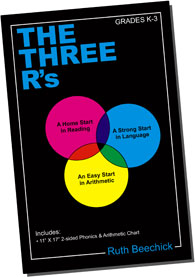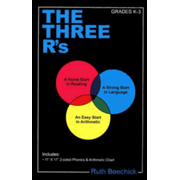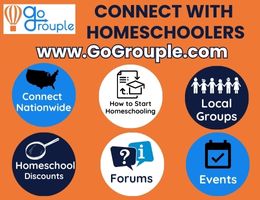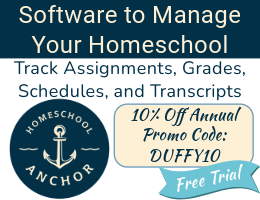I have been recommending The Three R's for years as required reading for anyone teaching children in grades K through 3. Dr. Ruth Beechick originally wrote a set of three small books on how to teach math, reading, and language arts to children in grade K through 3 that were sold either as a set or individually. Those three small books have now been combined into a single 128-page book.
Dr. Beechick has a remarkable talent for demystifying the educational process. She explains what needs to be accomplished, then presents easy and practical ways to meet those goals. She stresses the importance of parent/child interaction, real-life experience, and the value of reading "real" books. (This is very compatible with Charlotte Mason methodology.)
I really believe that anyone teaching young children should read these books. They are tremendous confidence builders. On top of that, the set also includes a two-sided math and phonics chart.
The three smaller books, now subsections of The Three R's, are titled A Home Start in Reading, A Strong Start in Language, and An Easy Start in Arithmetic.
A Home Start in Reading
With just a little confidence in your ability to shed your dependency upon curriculum, you can actually teach your child how to read with only this book! This 28-page book has five sections covering the five essential stages of reading: prereading, beginning, blending, decoding, and fluency. Dr. Beechick includes charts of phonetic sounds (including combinations of letters) and lists of basic sight words. She also describes simple yet effective reading readiness activities that all children should experience.
I realize that most parents will want something more than this, if not for the security, for the extra learning activities for their child. Even so, every parent should read this so they can grasp the essentials of reading instruction BEFORE tackling a more comprehensive program.
An Easy Start in Arithmetic
Dr.Beechick helps you understand what is essential in teaching math in the early grades and what is just "school stuff." She also explains ways to teach concepts without textbooks for the early grades.
A Strong Start in Language
Here, Dr. Beechick explains the "natural" approach for teaching language that has been used for hundreds of years (at least). This includes copying and taking dictation, teaching grammar from "wholes to parts", and using a personalized approach to spelling. A few sample lessons are included.











